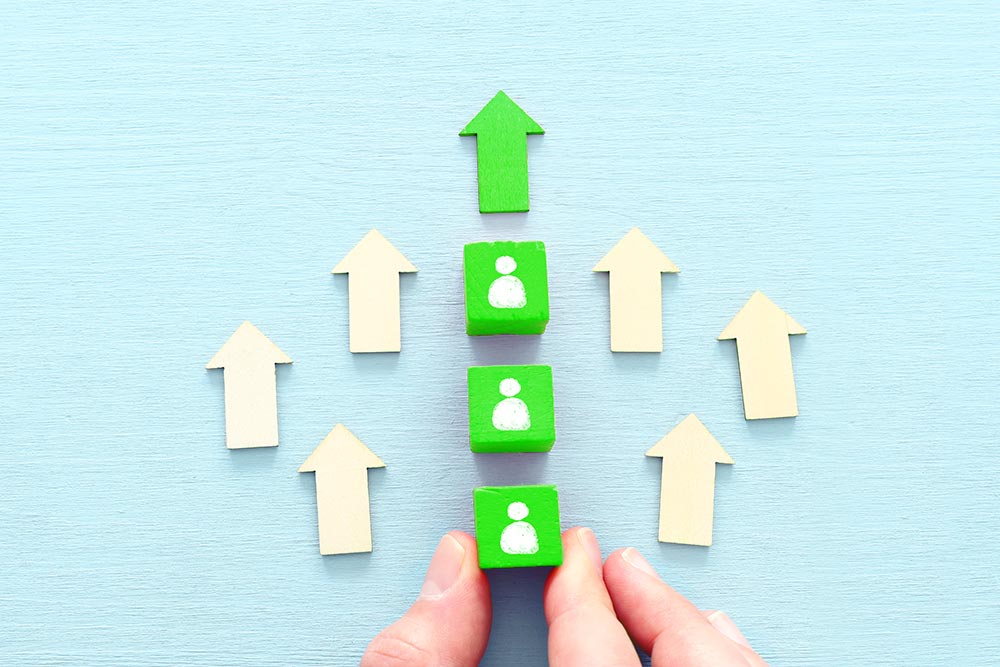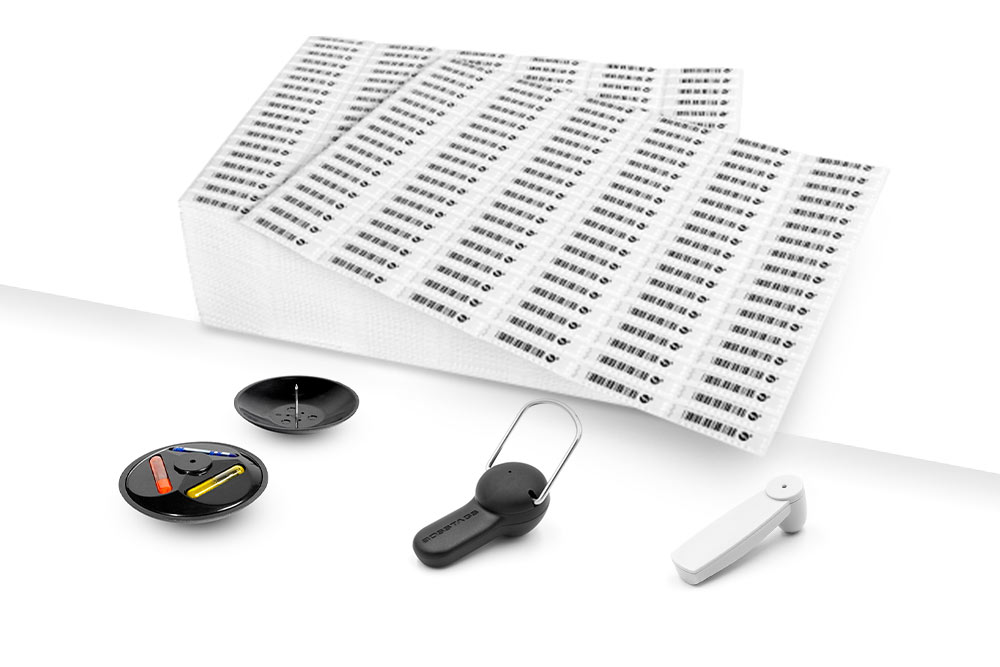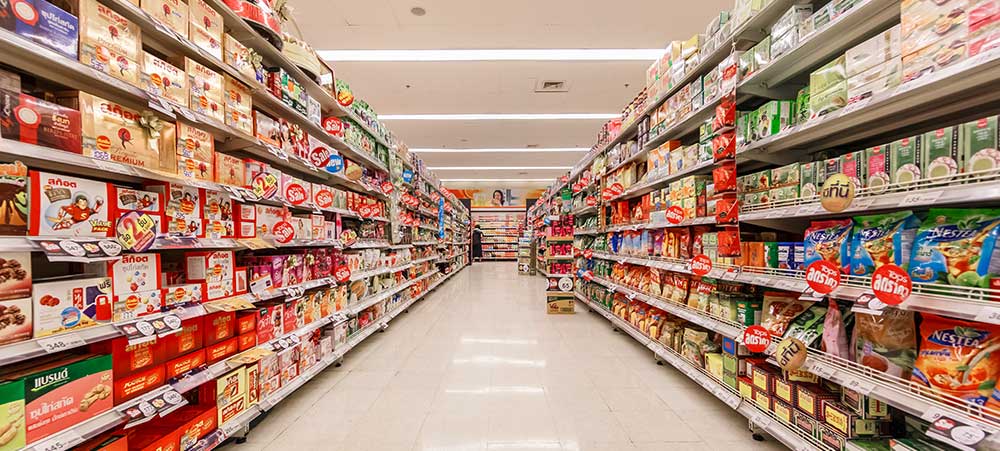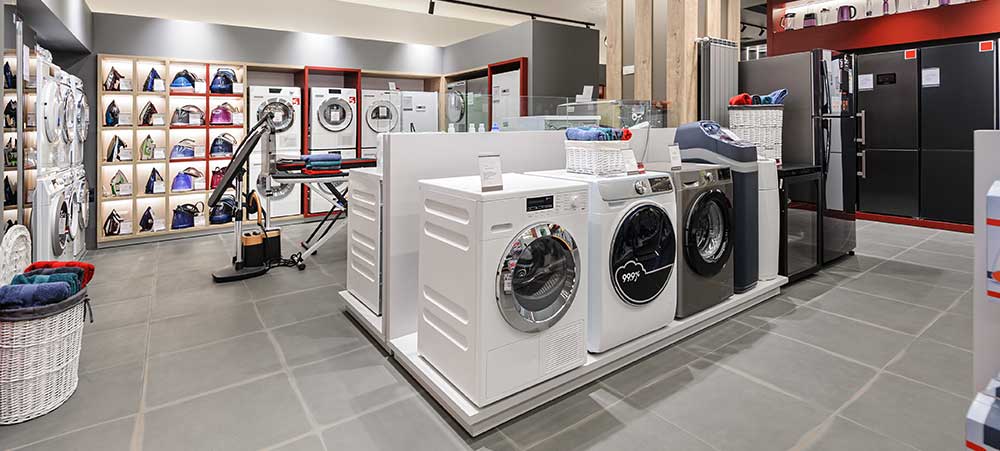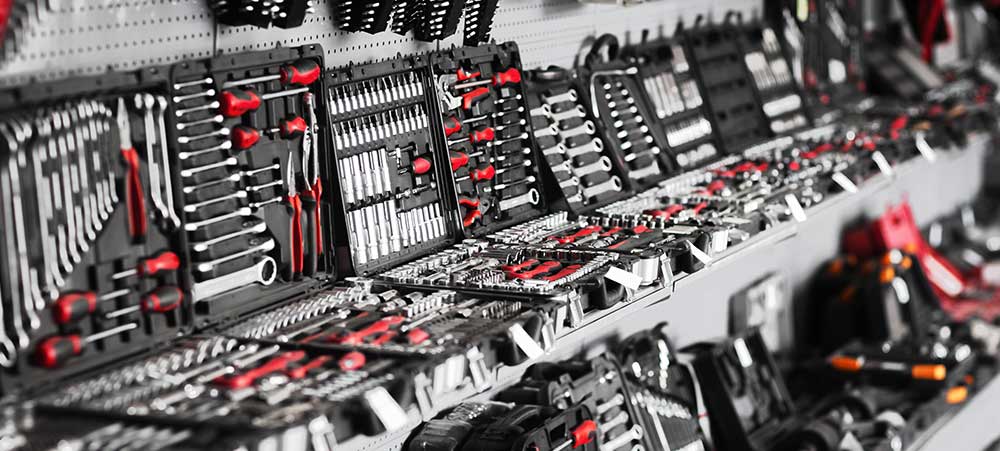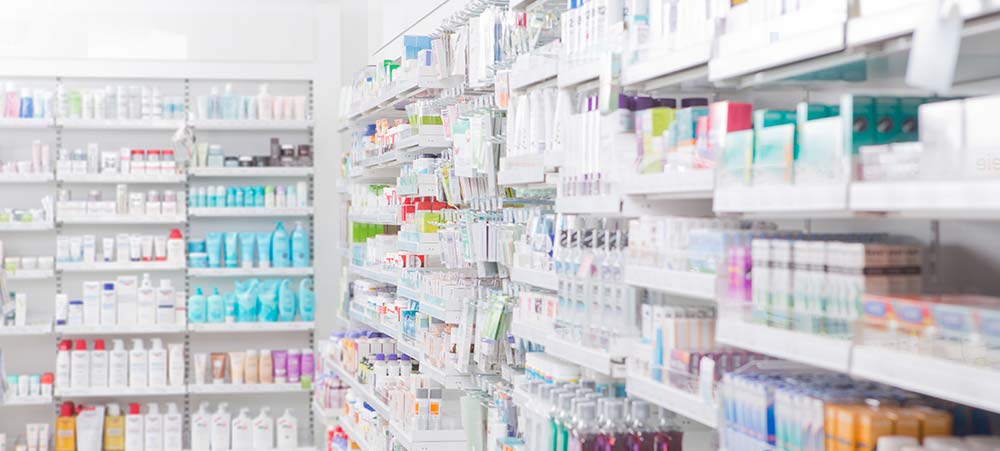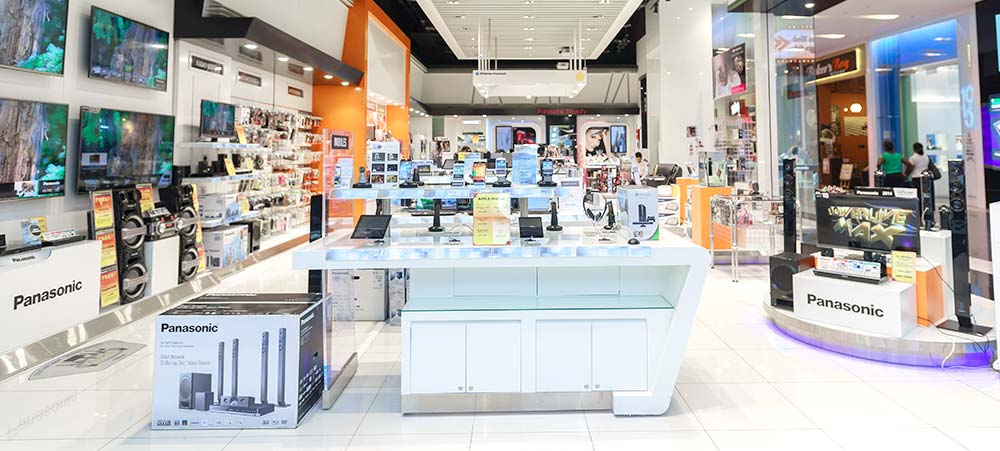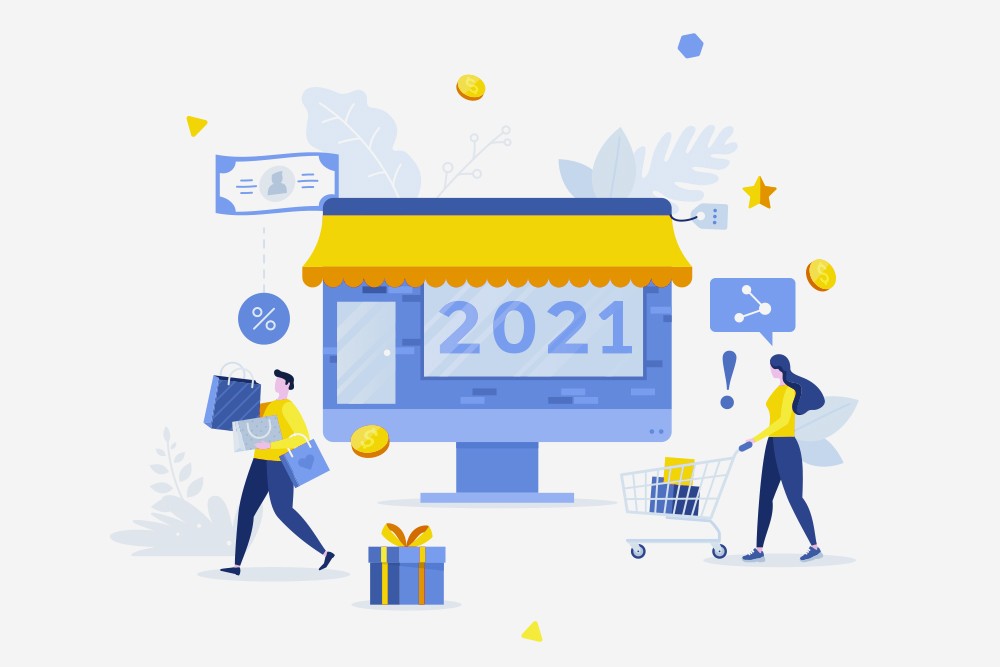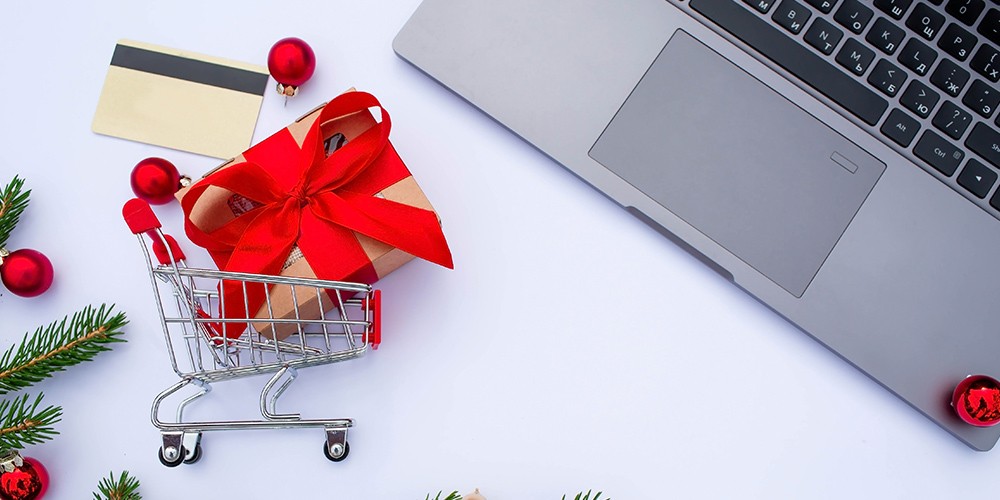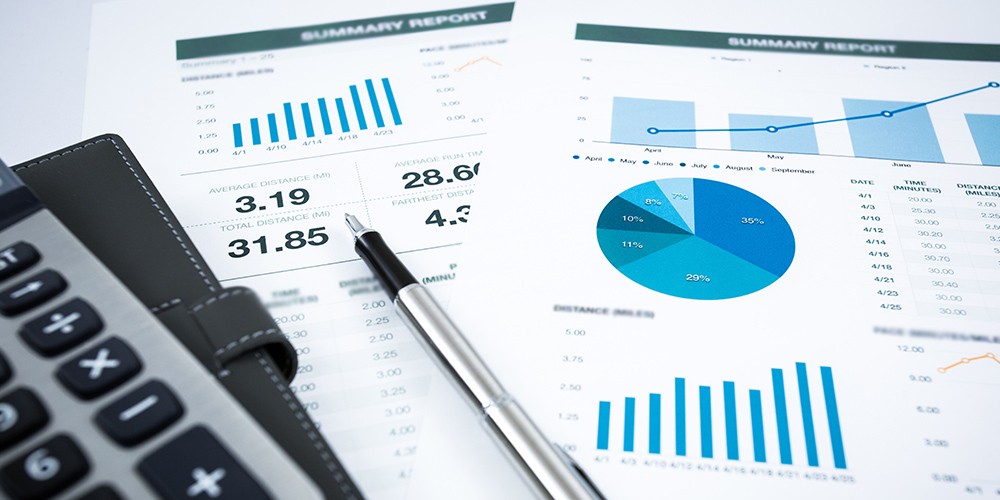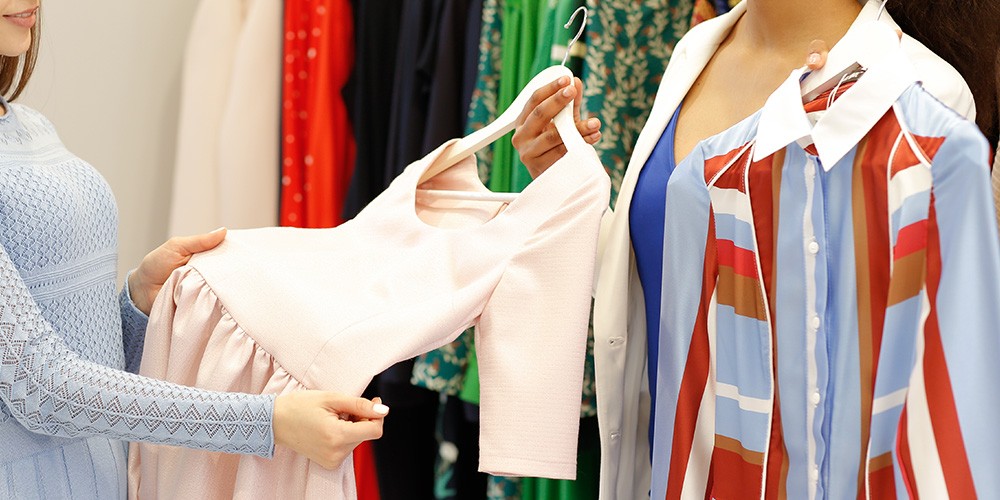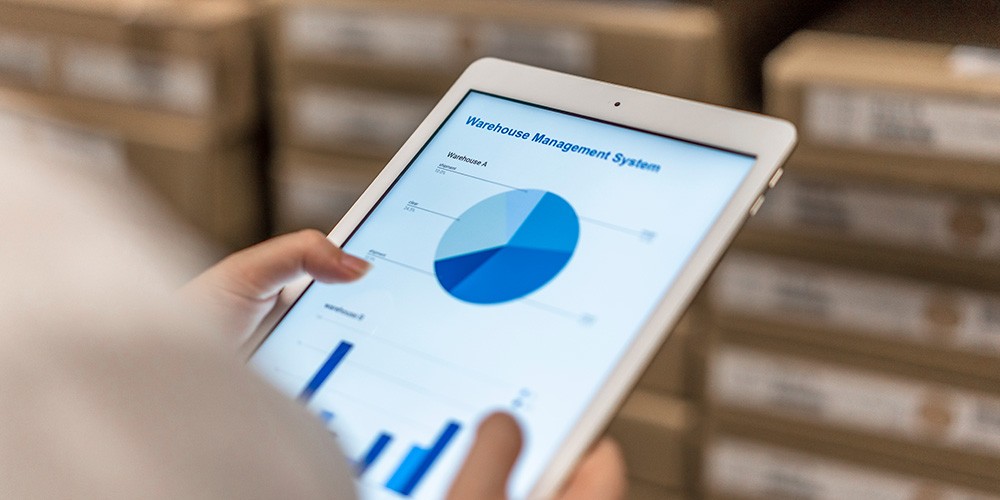Just as the landscape of retail has shifted in a post-COVID world, so has the role of retail sales associate.
In an era where every face-to-face interaction matters more than before, the sales associate is now at the center of the customer experience, and their skills are often the difference between a sale and a lost opportunity.
So how can you empower your retail sales associates to meet that customer experience in a new era of expectation?
The value of the sales associate
In the push to go digital, it’s easy to assume the role of sales associate ranks less highly than in years gone by.
That couldn’t be further from the truth according to statistics that indicate a well-trained, well-informed sales associate is central to the real-world retail experience.
As a snapshot of just how important they are, a survey by Mindtree found:
- Shoppers who interact with a sales associate are 43 per cent more likely to purchase a product.
- Customers note their transactions have 81 per cent more value, compared to those who don’t interact with an associate.
- In addition, customers who have enjoyed positive interaction with a sales associate are 12 per cent more likely to revisit the store.
Meanwhile, 91 per cent of sales associates strongly agree that positive interactions with shoppers result in higher conversions, yet 94 per cent feel this requires more advanced technology tools and training that they currently don’t have access to.
So how can the retail sector better empower their frontline staff?
Training and support
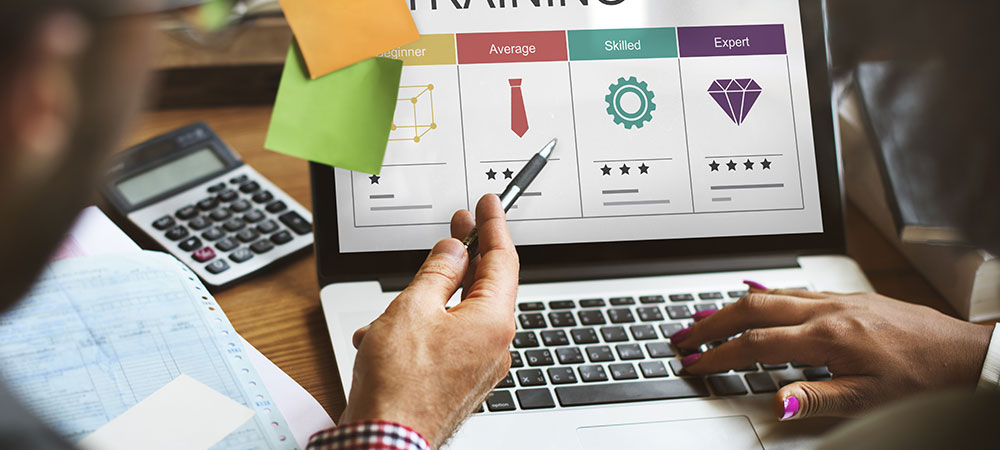
Good customer service comes down to good support and comprehensive training behind the scenes, with statistics consistently acknowledging the fact the customer experience starts with that of the employee.
In fact:
- 71 per cent of executives note employee engagement is critical to their company’s success.
- Companies with high employee engagement are 21 per cent more profitable.
- 69 per cent of employees say they’d work harder if they were better appreciated
That means staff should be empowered with support, career opportunities and training, allowing them to invest in the ethos of the retail brand.
And this training doesn’t have to take a traditional form. For example, Walmart recently rolled out 17,000 virtual reality headsets to its 5000 stores.
As Forbes explains: ”The goal is to offer employees the same caliber of training its managers get at the Walmart Academy facilities”.
Meanwhile, supporting the foundations of good training is a whole host of tools that can empower the employee in their day-to-day role.
mPOS
Mobile Point of Sale has transformed the role of the sales associate, allowing them to take the register to the customer while empowering that staff member with information.
Not only can the sales associate conduct a transaction anywhere on the floor of the store, but they can also access vital data such as stock levels, complimentary products, and customer loyalty on one compact, mobile, hand-held device.
Insight
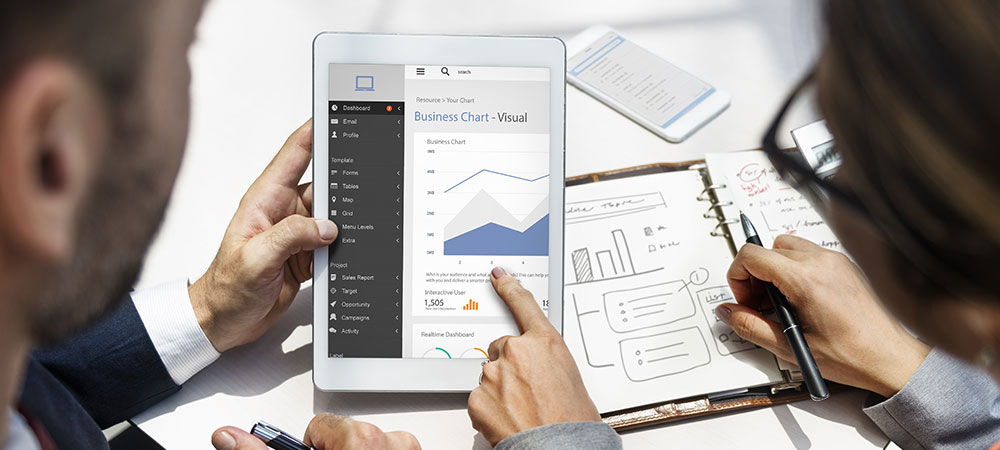
It’s no secret analytics are now crucial to all retail operations, and these analytics allow sales associates to better understand and anticipate trends while offering a more informed customer experience.
Data and analytics in the hands of sales associates allow them insight into what items are trending in terms of sales, how busy a store is, what products are low on stock, and which stores might have inventory elsewhere.
Efficiency
With customers expecting more of stores than ever before, efficiency is becoming a key factor in the real-world retail process.
Tools that facilitate this efficiency, such as RFID inventory tracking, smart keys, and handheld devices, allow staff members to quickly serve the customer while alleviating the legwork of retail sales.
Security
While sales might be the focus, often store associates are tasked with additional roles above and beyond customer service. This includes keeping a watchful eye on the floor for shoplifting and identifying suspicious or threatening behavior.
Tools such as electronic article surveillance including security tags and labels protect a store at a product-based level, allowing staff to go about their job but be alerted should a retail theft be taking place.
For more insight into the new trends in retail, see here. Or head directly to our security tags or security labels pages to view our range of EAS products.
